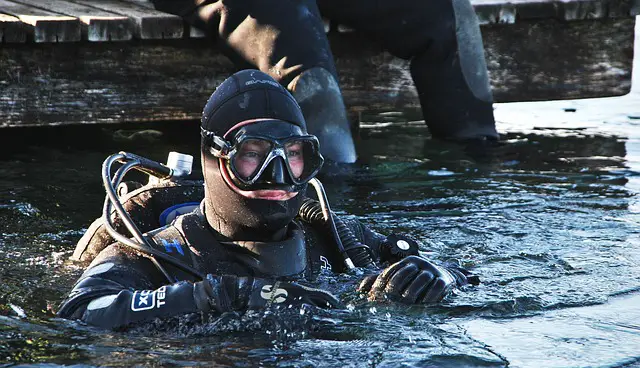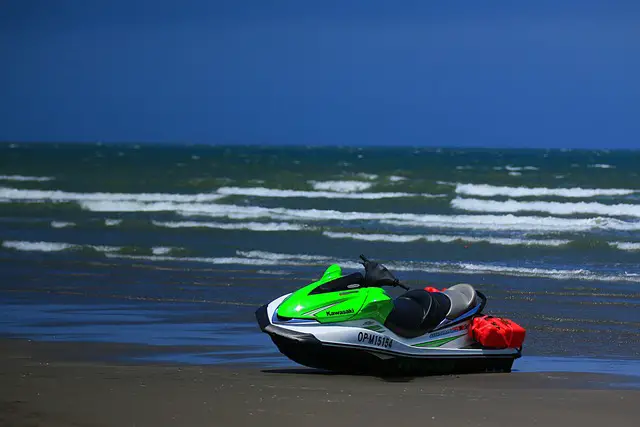Sailing has been a staple of the Olympic sporting events for more than 100 years. Although it may not share the mainstream popularity of disciplines like gymnastics or swimming, Olympic sailing carries a unique charm that captivates athletes and spectators alike. The sport demands a blend of physical endurance, technical skills, and strategic acumen, making it a challenging and fascinating discipline.
When Did Sailing Become an Olympic Sport?
Sailing made its debut in the Olympics in 1896, but due to logistical issues, it could not be held until the 1900 Paris Games. Since then, it has been a part of every Olympic Games except 1904. The event has morphed over the years with different boat classes added and removed, but the spirit and challenge of the sport remain.
The Evolution of Olympic Sailing
Initially, Olympic sailing was dominated by large boats with numerous crew members. However, over time, the trend shifted towards smaller boats, reflecting changes in the broader sailing world. Now, Olympic sailing encompasses a range of boat classes, showcasing the diversity within the sport. The changes in boat classes and the evolving rules reflect the dynamic nature of this sport.
What is the Nature of Competition in Olympic Sailing?
Olympic Sailing, often referred to as yachting, is not a race of speed but rather a test of tactical mastery and skill. As the course is often affected by changing wind conditions, the athletes must adapt constantly. They must display exceptional skills in managing their boats, changing direction and manipulating sails to make the most of the wind conditions.
How Does a Sailing Race Work?
In a typical race, the boats jockey for position at the starting line, then race around a set course marked by buoys, and finally return to the finish line. The courses are designed to test the sailors’ ability to sail upwind, downwind and across the wind, known as “reaching”.
How Does One Win in Olympic Sailing?
Sailing follows a “low point” scoring system, where each place in a race is given a number of points corresponding to that position: first place gets one point, second place gets two points, and so on. After a series of races, the sailor or team with the lowest total score wins.
The Role of Teamwork and Strategy in Olympic Sailing
While individual skills are essential, sailing also heavily relies on teamwork, especially in the multi-handed boats. Teams consist of two or three sailors, each with specific roles, requiring seamless coordination and communication. Moreover, strategy plays a crucial role in sailing. Sailors must predict wind shifts, decide the shortest route around the course, and manage their boats efficiently in a limited space, often while battling it out with other boats.
Why is Olympic Sailing an Unforgettable Spectacle?
The allure of Olympic sailing lies in its unpredictability and the stunning visual spectacle it offers. Matches occur in picturesque coastlines, with colourful spinnaker sails billowing against blue skies. The brilliant manoeuvres, the tactical battles, the very essence of humanity battling nature – it all makes Olympic Sailing an unforgettable sporting event.
Conclusion
Olympic Sailing is a testament to human endeavour against the elements, a captivating ballet on water choreographed by wind and waves. It exemplifies the Olympic spirit of striving for excellence, recognising the value of teamwork, and celebrating the sheer joy of participation. So, next time you tune in to the Olympic Games, why not sail away with the sailors? You might discover a new favourite pastime.




